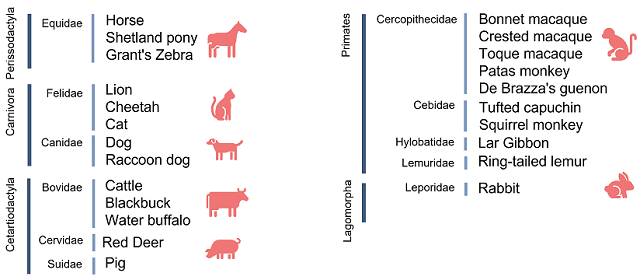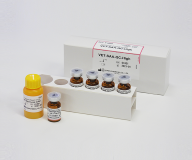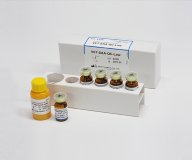Medical
About Us
2021.12.13


ISACP-ASVCP virtual workshop on Acute Phase Proteins (APPs) was held with a success on October 30, 2021.
APPs in cat, dog, horse, cow, porcine, mouse, rabbits, wildlife, … The topics were ranged from the basic information on APPs of each species to application in veterinary clinical pathology, such as when and which method of APP testing should be used in diagnostics. In the workshop, a lively discussion was made among speakers and participants by using online chat.
Several questions were given to us at the workshop.
LTIA is based on the principle of measuring the change of light passing through the agglutination. When the reagent and sample are mixed in the cuvette on analyzer (01), antibodies in the reagent cause an antigen-antibody reaction and aggregate into larger complexes with antigens in the sample (02). The light is emitted through the agglutination, and the amount of antigen is estimated by measuring the light absorbance on a biochemistry analyzer (03).
We also confirm the reactivity with the following species SAA:


VET-SAA-QC-High

VET-SAA-QC-Low
Especially equine SAA can be much higher, which may require retest many times. An example of retest rate is as follows (In-house data):
Enter your request here: SAA Inquiry Form